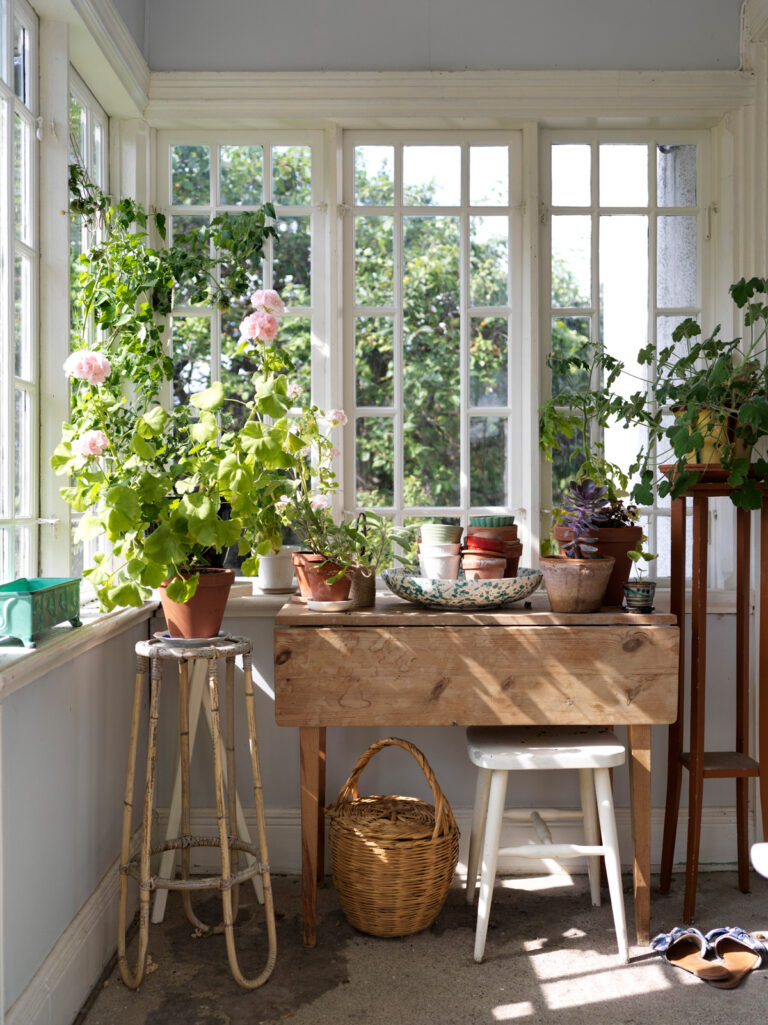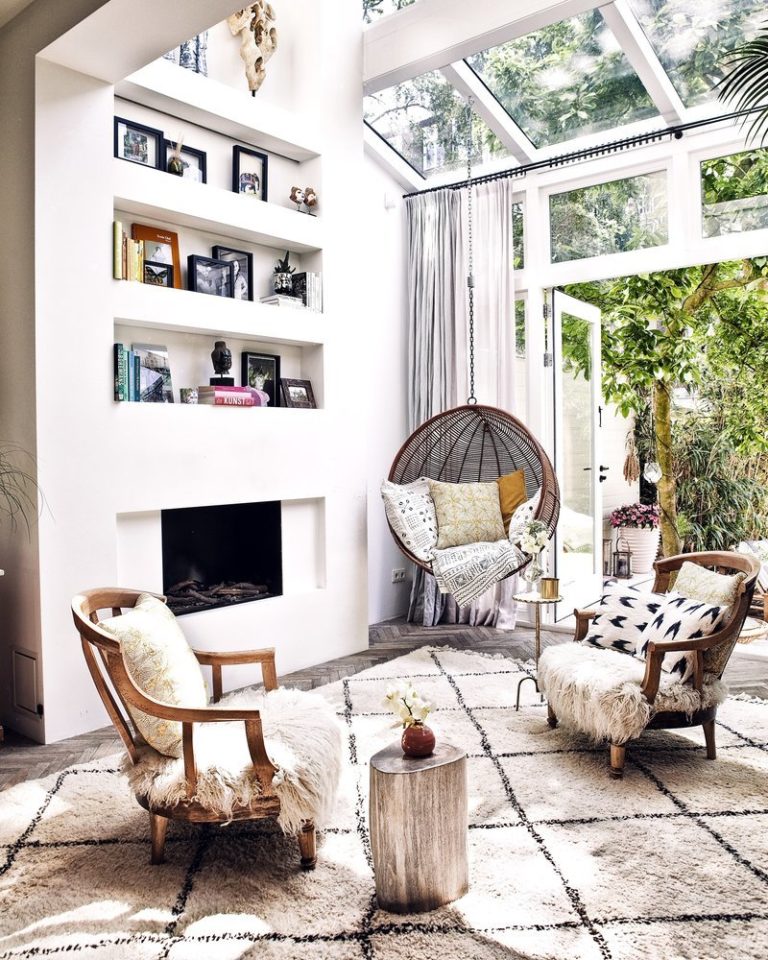How to Protect Floors and Carpets When Moving
Many changes in your life force you to move from one place to another. However, even in such a seemingly routine case, there will be a sea of pitfalls. And you need to remember the main ones, because regardless of your experience, such things need a lot of attention when moving. If you are leaving the apartment or planning to renovate a new home, the weak point is usually the floor and its covering. Therefore, it is necessary to get acquainted with all the nuances in advance, or hire professionals to protect them.
The Most Popular Types of Home Flooring Materials

The condition and appearance of the floor are important for any interior. The greatest demand is for such types of flooring as carpets, parquet, wood, linoleum, laminate or tile. Before installing one of these types, you need to analyze what features you will use and take into account the characteristics of materials, match the design to your tastes and compare with the calculated budget. Consider some of them.
Carpet
In bedrooms and living rooms, carpets are the most applicable flooring. As this material is vulnerable to contamination or water, it is not used in kitchens or bathrooms. Carpets are still very diverse and versatile. You can always choose one by the desired color, texture, pattern, weave or material. There are even special ones that function even in the kitchen. However, when choosing a carpet, you need to pay attention not only to these characteristics, but also to the density of the fibers to make the carpet strong.
Hardwood
Another material that attracts a lot of attention, looks good is parquet. However, like the previous type, parquet is sensitive to high humidity and intense mechanical movements. Due to these features, this material is not suitable for bathrooms and basements. This type of material has many variations depending on the type of wood and its processing. Therefore, for such rooms as the kitchen, which are not very wet usually, but prone to moisture, you can install wood or flooring, if you provide additional treatment of wood with special oils and substances.
Vinyl/Linoleum
Unlike previous materials, this one is durable and well suited for kitchens, basements and other rooms. Also it is quite convenient in styling and care. You also don’t have to worry about design implementations, you will definitely be able to choose something to your taste and purpose, as they are presented in different colors. Also, such surfaces, in addition to being durable, retain their aesthetic appearance longer than usual, are also safer for children. The latter is caused by the fact that under the stronger layer there will be a polyfoam layer. Although the top layer is resistant to stains and scratches, it is rarely made of synthetic materials, so if you are looking for an environmentally friendly product that is reliable in service, you should pay attention to this option. This option is also attractive because it is feasible in different floor geometries.
Tile
The most popular and traditional material for wall and floor cladding in many rooms, including bathrooms, laundries and toilets. This material is quite durable, has a different design, can be made of different materials and be additionally protected against slipping and prevention of fungus.
Tips for Protecting Your Floors When Moving Into a New Home

Although there are more secure types of coatings, you still need to take care of how you use and care for them. Removing many complex contaminants, damage, or selectively replacing damaged items will be a costly service. Therefore, in any case, you need to take care of its preservation and periodic processing from the very beginning. This will not only ensure aesthetic preservation, but also extend its service life. However, there are lots of tricks to take better care of your floor. Some of them are listed below.
1. Make Sure That Things and Surfaces Are Measure
So when you leave an old house or just plan to move into a new one, you need to take care of such things. First you need to calculate the dimensions of all the furniture and think in advance how to place them and process them into special materials. Then you will not be threatened by a scratched floor and you will not do extra work. In addition, you must compare the size of furniture and construction equipment with the size of doorways, if you miss them you will damage not only the walls and doors, but also scratch or damage the floor.
2. Carry Items When Possible
Another good way to preserve your floor during relocation is to ensure that your belongings are carefully moved. Namely, not to overturn or slide furniture and things, but to move them. It also makes sense to cover your floor with a protective material, which in many cases clogs and prevents the formation of new scratches.
You will always have a lot of things in the closets and various components that will make it difficult to move. Therefore, it is recommended to unload your cases and compactly put them in smaller boxes. It is necessary to do also from a detail which can be separated or with furniture. After all this, you can start moving.
Even if you have prepared and packed all your belongings, the risk still exists. Therefore it is necessary to run away from your own forces and to be over insured, having used the cart with rubber wheels for moving things. You just need to use cables and secure things so that they are stable. You can create a similar system for large items such as tables, cabinets and cabinets. You can always select and install the necessary sliders and spare parts to move your belongings without friction. The necessary mechanisms are attached to each leg of the fittings you will protect your floor from damage. However, even in this case, you need to be careful and control the process, pushing and not pulling the thing.
3. Use Floor Protection Film
A floor protective film or other specialized floor covering can also serve as a good way to protect your floor. Such protective coatings are fixed with special clips, fasteners or adhesives. Such films are usually strong, their edges are tightly attached at the corners, and the fabric itself is waterproof. Because of this, you can use it during relocation not only to avoid scratching your floor, but also to protect against spills, dirt or dust, or in case you decide to repair or paint the walls. After use, the film can be removed without damaging your flooring. Currently, the protective film option is more popular among users than fabrics and mats to protect your floor when moving. This is because it is easy to use and protects against more problems and is quite versatile. It is suitable for all types of floor coverings, you can choose the pavilion size of the film.
4. Utilize Carpet Protection Film
Preserving and cleaning carpets is no less important and time consuming. In order to avoid all the time and financial costs of bringing your carpets, you need to make sure that this is not necessary. One of the most effective methods to help do this is to install a transparent film for the floor. This film is thick, strong and self-adhesive, there are several options, one with adhesives that are easy to remove, and the other with the use of special adhesive mechanisms that are also safe. Both types of films are very strong, so you don’t have to worry about dirt, dust, construction debris, liquids and paint. Additionally, such films are quite strong, so you do not need to worry about moving, so you can do it freely and efficiently. This film is guaranteed to be used for 45 consecutive days, possibly more. It is easy to use and amenable to removal. Because of all this, users prefer such options over traditional ones. If you choose such a protective film for carpets, you will reliably protect your floor.
5. Protect Floors and Carpet with Plywood
If you have the desire and money to provide greater protection for the floor when moving, you may want to consider using plywood sheets. You can use layers of this material as an additional coating on top of the existing one, but it is worth remembering that between them you should put one layer, which would prevent friction between the main floor and plywood. So if you miss something or accidentally touch or scratch the floor while moving, in fact, the weight of the floor will be protected and the impact will fall on the protective layers. Therefore, after moving you will not need to clean, but only carefully remove the protective coating.






